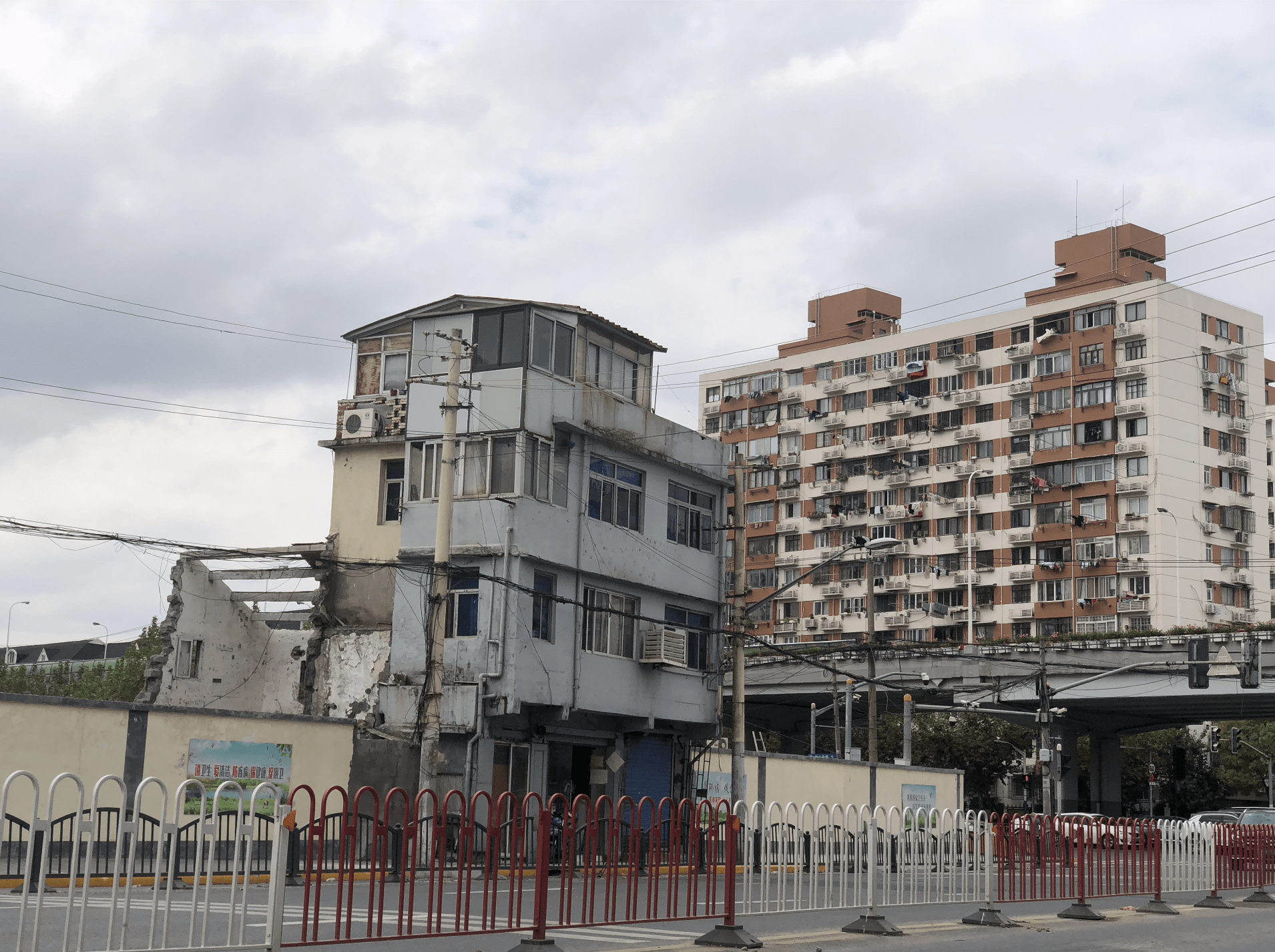“The issue is not urban poverty. The issue is not the larger, over-arching thing. The issue is for us to recognize that these are neighborhoods—— this is legitimate form of urban development, and that cities have to engage these residents, because they are building the city of future.” Robert Neuwirth said in the video.
The “shantytown” in capitalist countries is to some extent different from that in China. In the video of “shadow cities”, migrants, or to say, squatters, in Turkey can build a house overnight and claim sovereignty over the land as long as they were not discovered by the authorities. With the house, they will not be evicted again. However, this is impossible in China where government owns the land. Shanghai has shantytown as well. Li Yanbo, an associate professor at Tongji University’s School of Architecture and Urban Planning, said, “If urban architecture erases it (the squatters), then the city of Shanghai is likely to be out of balance in the future, at a certain age and at a certain level.”
A few years ago, Shanghai began a shanty renovation, and at the same time, the renovation of group rental housing. Shantytowns and group rentals have always been closely related. The shantytowns are mostly concentrated in the northeast of Shanghai, scattered in Hongkou, Yangpu, and Zhabei districts (downtown areas are discussed here, the suburbs like Jiading, Qingpu districts are beyond the scope of this discussion). Most of these houses here are low-rise, old-fashioned buildings with no more than three stories along the street. I recent read about an article of a photography exhibition regarding Hongzhen old street in Hongkou district, which was the largest shantytown in the downtown area. A few years ago, I cycled past Zhou jia zui Road in Hongkou District, which has already begun to be rebuilt, and I was impressed by the dilapidated streetscape, which has now disappeared.

Similar situation can also be seen near Xin tian di. As you walk along Zhaozhou Road, you are switching views from fancy modern high-rise building and old-fashioned, low-rise huts. The Lao xi men neighborhood used to be one of my favorite places to go, because there are a lot of local snacks in that crowded shantytown. These streets is home to dozens of migrant workers from all over the country, and many authentic local flavors are bred in this neighborhood. Vibrant food cultures, local supermarkets and hardware store permeated with thick life breath, all kinds of informal economy flourished here.
Here we can see the hidden connections between the city’s inhabitants, their neighborhoods, and their economic patterns. In addition to physical connections, urban settlements also have a profound cultural connection with their inhabitants.
The term “shantytown” not only represents a material form of urban poor community, but also has been condensed into a cultural label for the urban underclass society and people, with rich connotations of urban poor culture and underclass immigrant culture.
In the creation of modern Haitian culture, the social identity of the characters is always unconsciously related to their housing location, i.e., the relative position of their living place in the urban space, as well as the type of hierarchy of the residential area. This makes it possible for the author to combine the social attributes of the characters, such as occupation, education, etc., with the geographic space in which they live, in order to observe the living conditions and social network of different social classes.
Leave a Reply